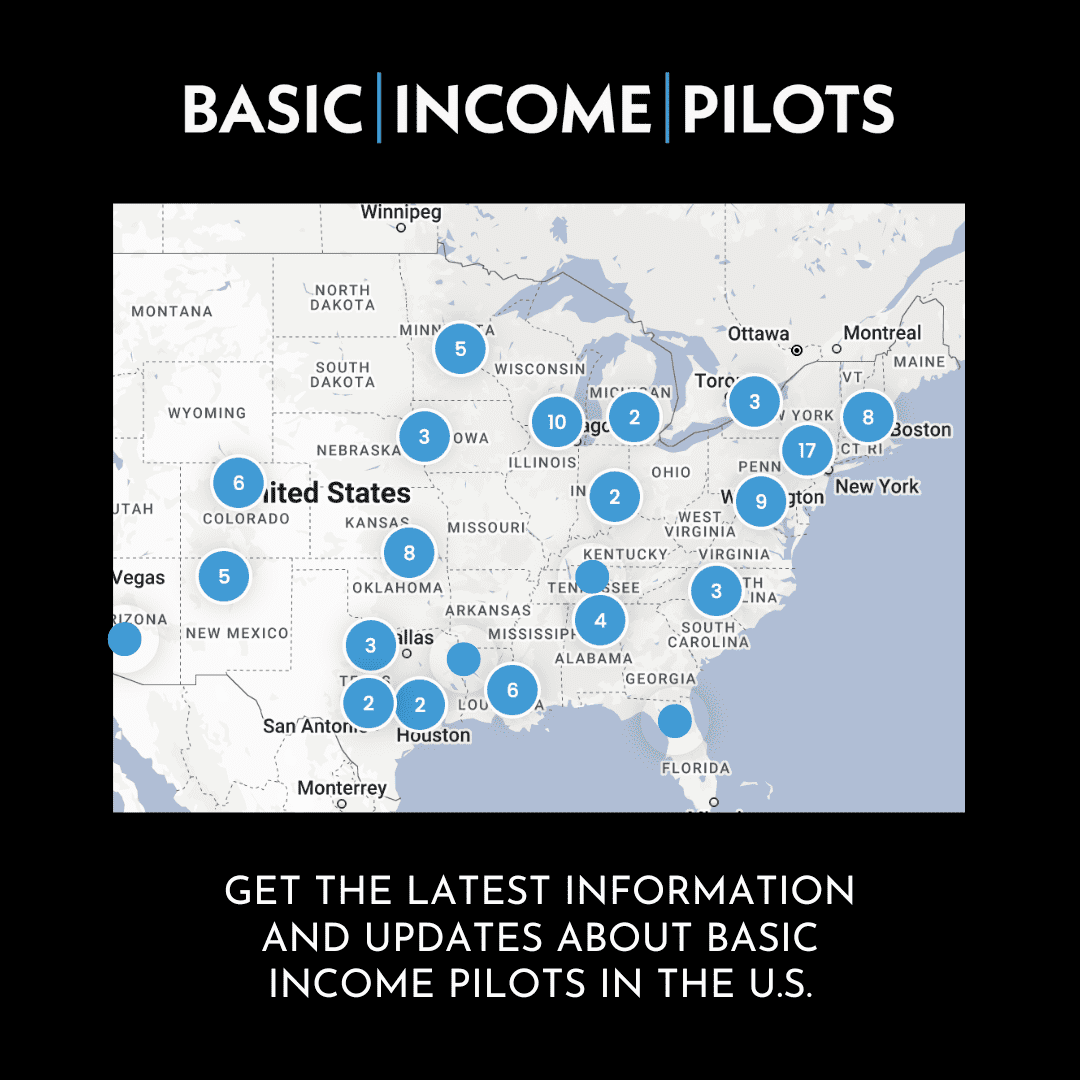By Megan Schwartz
When people leave prison or jail, they need to find stable housing and a way to earn money, among other necessities. The extent to which they are able to accomplish these goals substantially impacts how likely they are to return to prison or jail. Unfortunately, formerly incarcerated people face major challenges that the general population does not. A confluence of factors—including discrimination, restricted access to public benefits, compounding debt, and significant time spent out of the general job market—hinders returning citizens’ efforts to secure stable housing and employment, pay their bills, and maintain good physical and mental health upon their release. As a result, people leaving prison or jail often need immediate financial assistance.
For decades, most states have made a practice of giving returning citizens a small amount of money, called “gate money,” to cover the cost of transportation and other immediate needs. But recently, many legislatures have considered increasing the dollar amount of their cash assistance and offering this kind of support more widely.
The Returning Citizens Stimulus (RCS) program—funded by philanthropy, implemented in 28 cities across the United States, and administered by the Center for Employment Opportunities (CEO)— was a pilot program for this larger-scale reentry cash support. It represents the largest-scale conditional cash transfer reentry program to date and an evolution of the burgeoning interest among practitioners and policymakers in cash assistance as reentry support.
MDRC was contracted by CEO to conduct a two-part evaluation of the RCS program. This brief presents findings from the second part of the evaluation, a recidivism impact study; it is the first-ever study known to the author to estimate the effect of a large-scale program of this kind on recidivism outcomes.
Results from this analysis include the following:
- In the first six months after being released from prison, people who participated in the RCS program had, on average, fewer parole violations than a similar group of recently incarcerated individuals. Participants were also less likely to violate parole by committing violent infractions such as assault and battery;
- In the first year after being released, participants in the RCS program committed fewer parole violations (both overall and for violent offenses) than their nonparticipant counterparts in the comparison group. Program participation was limited to three months, generally shortly after release, and thus, the program appears to reduce recidivism among participants beyond the period when participants were receiving the cash stimulus; and
- The RCS program may have been effective at reducing reincarceration among program participants in the 18-, 24-, and 30-month follow-up periods. However, for methodological reasons explained in the Technical Supplement accompanying this brief, further study is needed to assess the reliability of this estimated effect.
















